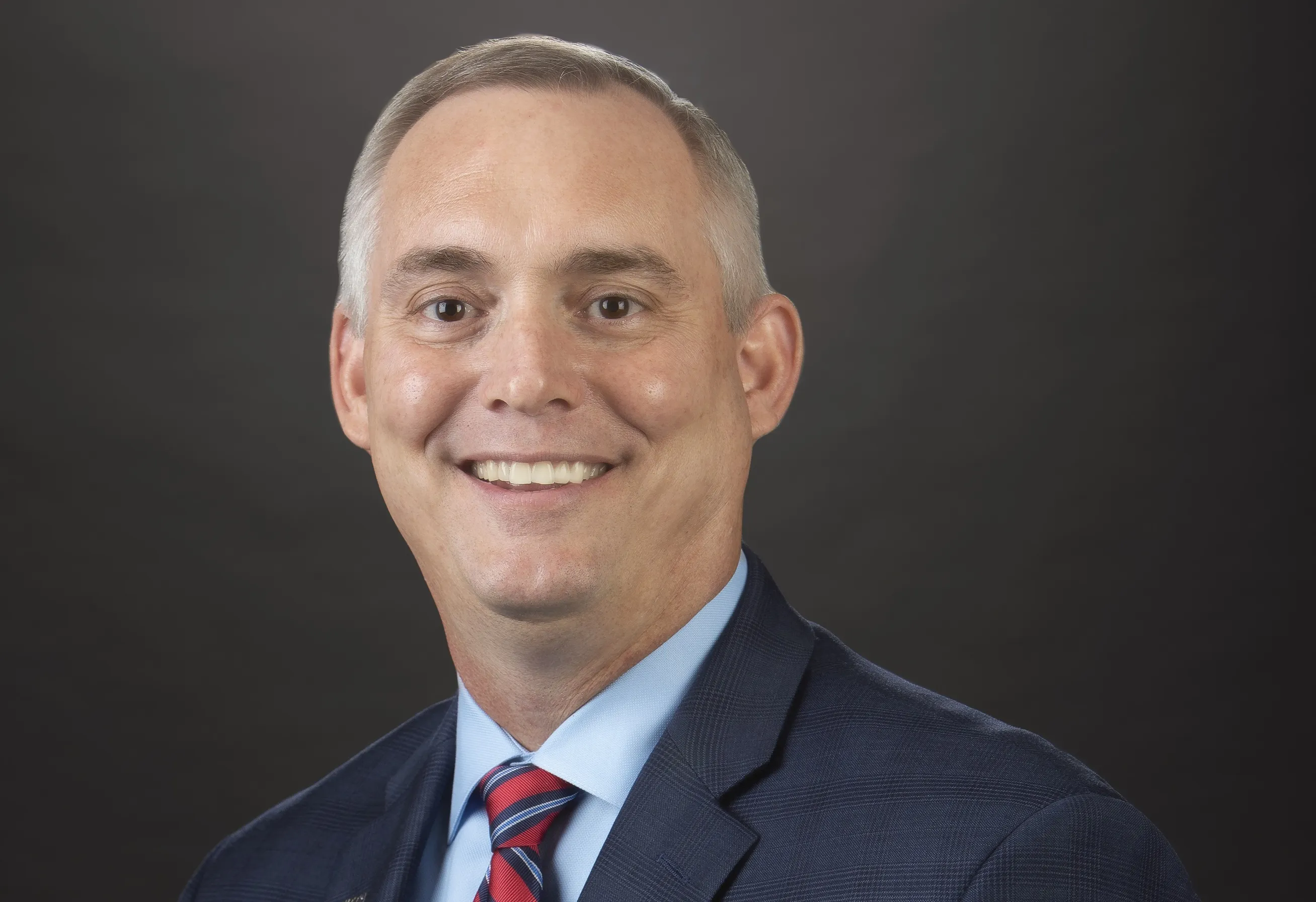
The Connected Motorcycle Consortium is the result of the sector’s manufacturers joining forces to bring the safety benefits of co-operative ITS to motorbike riders – but it is an initiative that is facing challenges in implementing the technology. Formed in 2015 with founding members
Other major manufacturers are set to come on board in the near future, according to CMC co-ordinator Thomas Bischoff. Bischoff said that with 50% of motorcyclist fatalities resulting from other motorists being unaware of a motorcycle’s presence there were compelling safety arguments in developing C-ITS for this sector.
At the same time, he said, there were significant engineering, physical and even cultural challenges, relating to motorcycle dynamics, their size, shape, manoeuvrability – and the opposition by many riders to any form of “surveillance” or control.
“All these challenges mean that we can’t simply adapt current motor vehicle C-ITS technology to motorcycles,” said Bischoff.
CMC is also a forum to align the needs of motorcycle C-ITS with other standards developed for the broader vehicle market.
“Our aim is to fairly closely follow what is happening in vehicle C-ITS, so that the benefits of this technologycan quickly be available to motorcyclist,” Bischoff said. Road safety authorities in Europe, the US and Japan are watching CMC’s initiatives with great interest.
“And we’ve found that our presence at the ITS World Congress here in Melbourne – which is our first outside of those three markets – is gaining plenty of attention from road safety agencies in other regions,” he said.









